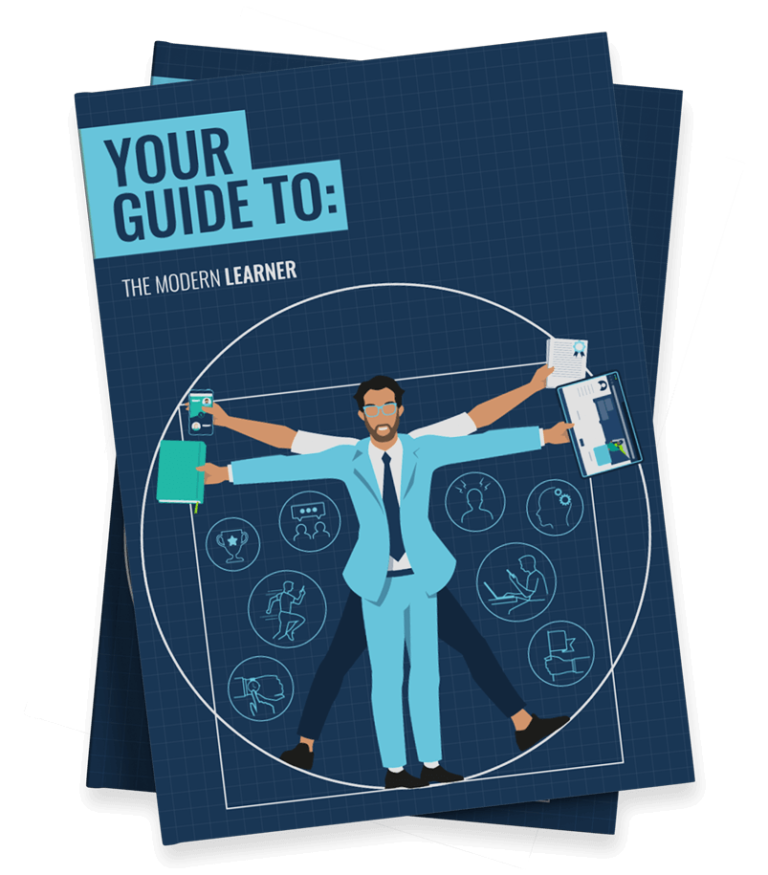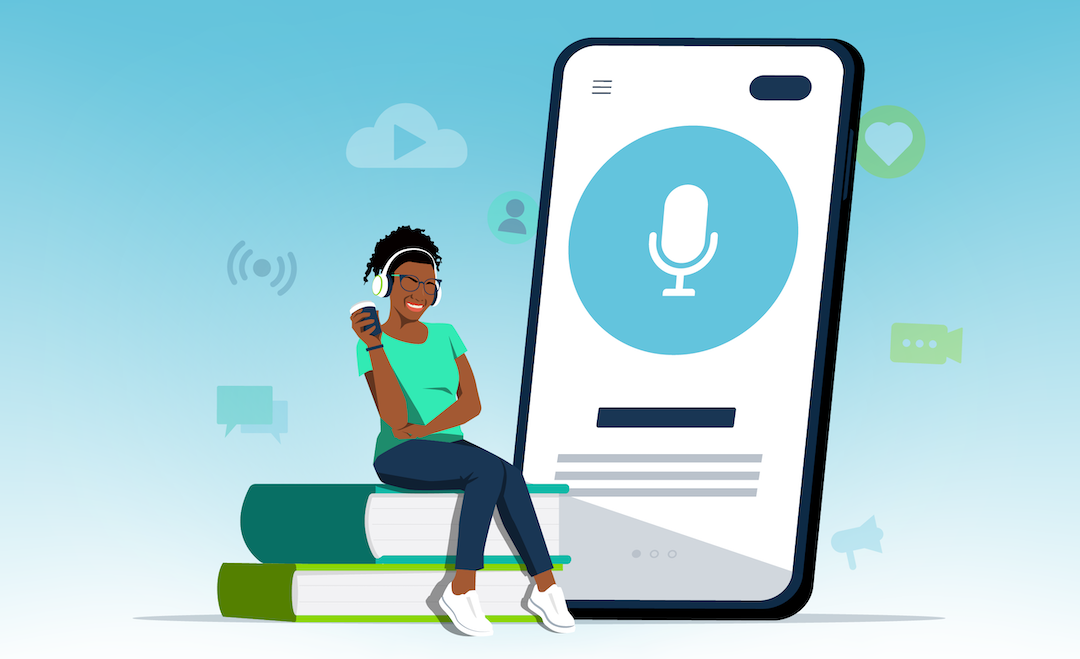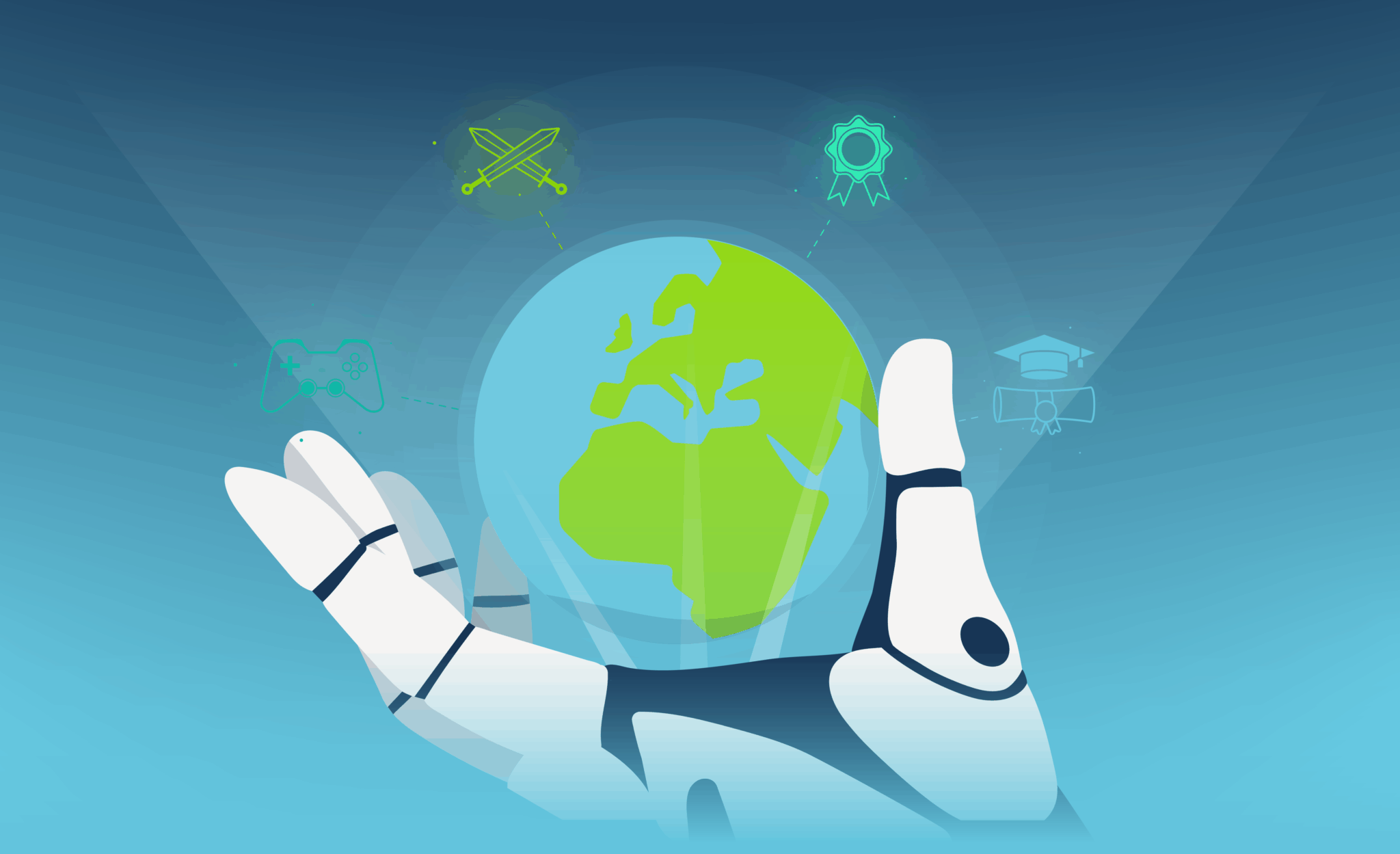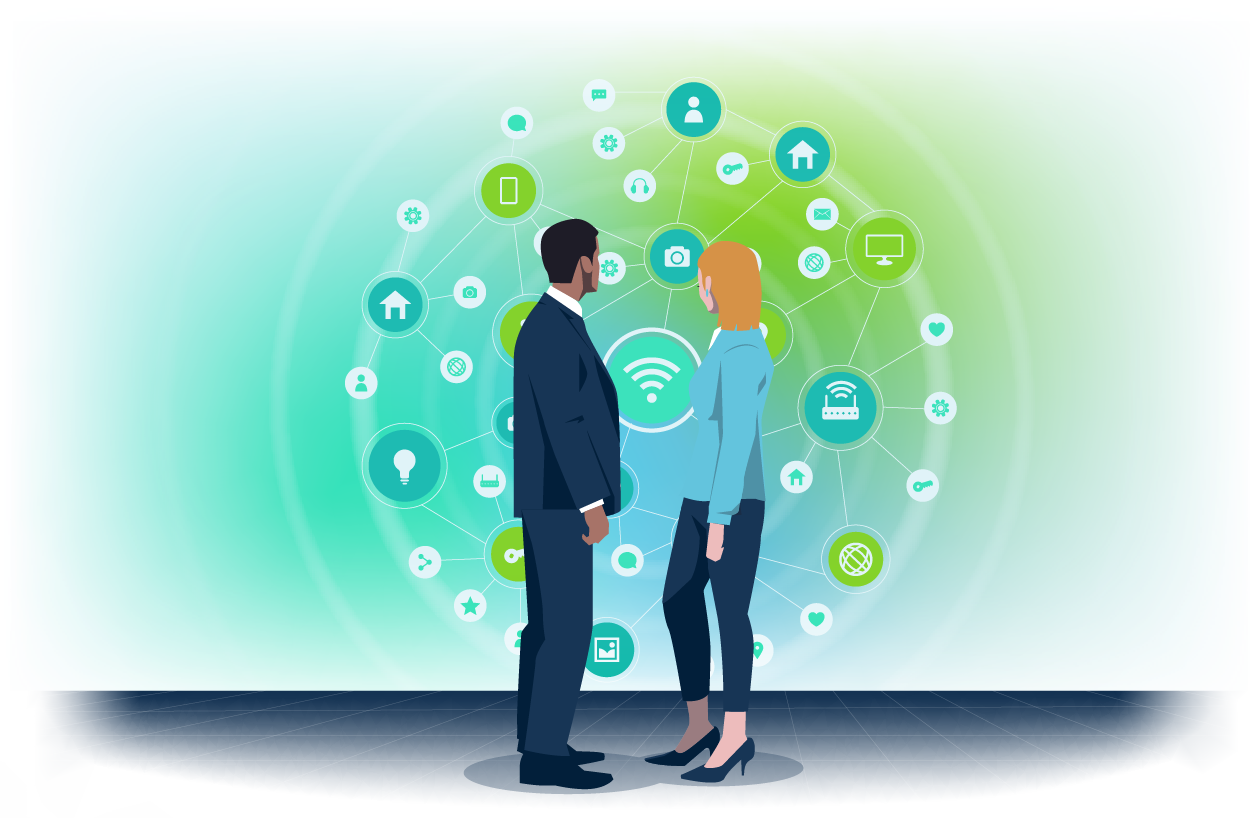
The way we learn has evolved significantly over time. The modern learner has had to adjust accordingly in order to keep pace. Shaped by the digital age, these individuals have unique learning characteristics, preferences, and behaviours.
Why do we seek to understand the modern learner? Well, it’s for the same reason we use learner personas. By understanding your learners’ needs and desires, we can create more effective and engaging learning experiences, while simultaneously future-proofing our approach.
Getting a handle on this complex and ever-evolving group is difficult. And generalisations are dangerous. But fret not. By analysing research and data, we’ve successfully identified the key characteristics that define this generation of learners.
In this article, we identify seven of these key characteristics, examine the impact of technology, and establish modern learners’ unique learning preferences. Are you ready to get to know your learners on a deeper level? Let’s begin!
Defining The Modern Learner: 7 Key Characteristics
While individual learners vary, certain trends are evident among groups of modern learners. The following characteristics, supported by research and survey data, define this new generation of learners. Let’s explore these traits in more detail.
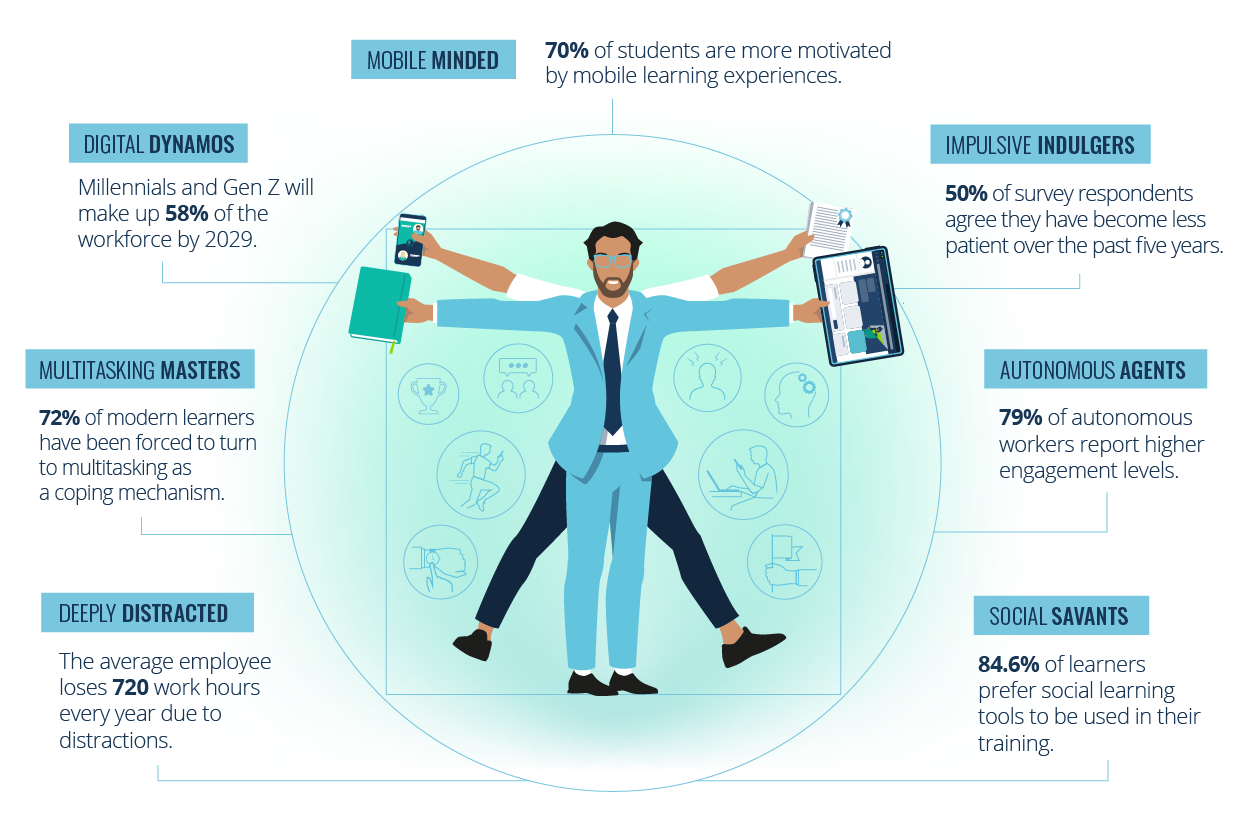
1. Digital Natives:
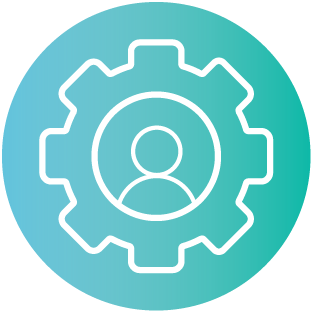
The majority of modern learners are digital natives. This means they grew up in the digital age, surrounded by a variety of technology. In turn, they’re comfortable with computers, the internet, and other digital devices.
According to CNBC, millennials and Gen Z will comprise 58% of the workforce by 2029. While the term ‘digital natives’ is usually associated with these younger generations, we prefer a softer definition. If you’re tech-savvy and open to embracing new digital tools, then you likely fit the bill.
This open-minded approach means that digital natives are well-equipped to quickly adopt new software solutions and adapt to technological advancements. This is a real advantage in today’s job market where 92% of roles require digital skills.
This also means modern learners won’t be deterred by the idea of online learning. Perhaps this explains why 77% of learners prefer eLearning to classroom learning.
2. Multitaskers:

Modern learners are professional plate-spinners, both in their personal and professional lives. This has led to a rise in multitasking, as individuals strive to balance work, family, and social commitments. Indeed, if any of the following apply, you might be a multitasker:
- You answer emails and messages during meetings or lectures.
- You watch videos or listen to music while reading or writing.
- Your internet browser has more than 8 tabs open.
- You can’t eat a meal without simultaneously watching TV.
- You use cooking or walking as an opportunity to make phone calls.
And so on. The fact is, modern life is busy, and we’re all just trying to make it work. As it happens, a staggering 55% of employees feel overwhelmed by their workload, and 61% report feeling exhausted by the end of the working day.
This relentless pressure has an impact. 72% of employees have been forced to turn to multitasking as a coping mechanism. This is despite the fact that only 2.5% of us are true ‘supertaskers’. In reality, multitasking can reduce individual performance by as much as 15%.
Given modern learners’ busy schedules, it’s no surprise that Josh Bersin estimates the average employee only has 24 minutes per week for formal learning. Even then, it’s likely that this time is divided between multiple tasks.
3. Shorter Attention Spans:

Our propensity for multitasking has also made us more susceptible to distractions. This is what they call attention fatigue. This challenge is exacerbated by the sheer number of distractions we have to contend with in the modern age. For instance:
- The average smartphone user gets 46 push notifications per day.
- In turn, we check our phones 144 times per day.
- The average person receives 120 emails per day.
- Adults living in metropolitan areas see between 50-400 adverts per day.
Indeed, research suggests that employees lose 720 work hours every year due to distractions. That’s 96 full working days. Yikes. Unfortunately, this also plays havoc with our attention spans.
Now, you may have heard the myth that our attention span has dwindled to a meagre 8 seconds, making us less focused than a goldfish. This piece of misinformation stems from a misinterpretation of data within a Microsoft study.
Unfortunately, reality doesn’t paint a much better picture. According to researchers from the University of California and Microsoft, our attention spans have plummeted from 150 seconds in 2004 to a mere 47 seconds today.
This means you now have less than a minute to engage the modern learner. Tick tock!
4. Instant Gratification Seekers

Living in the digital age, it’s hard not to get accustomed to the convenience of instant gratification. After all, so much is available to us at a click of a button. For instance, we now have instant access to a rich and diverse information economy through the internet.
But, this is just the tip of the iceberg. We can instantly stream virtually any movie, TV show, or sporting event. We can have takeout delivered to our door in under 30 minutes. And we can order almost anything online for next-day delivery. This sets a high bar for learning professionals to reach.
This instant gratification culture can frustrate us when our needs aren’t met immediately. In fact, 50% of survey respondents agree that they have become less patient in the past five years. What’s more, according to Bic, we get frustrated after:
- 16 seconds of waiting for a web page to load.
- 22 seconds of waiting for a movie to stream.
- 28 seconds of waiting for a kettle to boil.
Personally, these wait times sound quite generous, especially when I’m in the mood for a cuppa. Of course, these expectations also have an impact on modern learning experiences. After all, we now expect instant answers to our questions and learning content designed for rapid consumption.
5. Self-Directed

Traditionally, learning has taken place within a pedagogical context. That means the experience is led by an authoritative teacher figure who guides the instructional process from start to finish. However, adult learning experiences don’t have to follow this model.
Technological advancements, flexible learning options, and a growing sense of individualism (up 12% since 1960) have empowered learners to take more control over their learning journeys.
As a result, modern learners are more likely to proactively seek out information, set personal learning goals, and choose their own learning methods. This approach, known as heutagogy, shifts the focus away from teacher-centred instruction to learner-driven exploration.
Funny things happen when you give your employees or learners the steering wheel. According to Effectory, 79% of highly autonomous workers report higher levels of engagement. In turn, autonomy has also been shown to boost productivity by 5.2%.
It’s easy to imagine the impact this could have on your learners. For example, did you know that if you’re genuinely curious about the answer to a question, you’re 30% more likely to be able to recall it in the future.
6. Social Learning Lovers

While modern learners value self-direction and autonomy, they still crave a sense of community and belonging. Social learning provides us with an opportunity to connect with like-minded individuals, exchange knowledge, and gain a sense of purpose.
Social learning is the process of learning from our observations and interactions with others. It’s an increasingly popular educational approach. In fact, 84.6% of students prefer social learning tools to be used in their learning experiences.
This means modern learners are likely to thrive in collaborative learning environments where they can engage in group discussions, projects, and assignments. Online forums and discussion boards can also be beneficial, as they provide opportunities for instant feedback.
Significantly, 87% of employees recognise the importance of knowledge sharing. In turn, 82% of executives believe that fostering a knowledge sharing culture helps to boost organisational innovation.
This is a well-founded belief. According to the ATD, social learning approaches have a 75:1 ROI ratio compared to formal web-based training. That’s the kind of return you can’t afford to ignore.
7. Mobile Ready
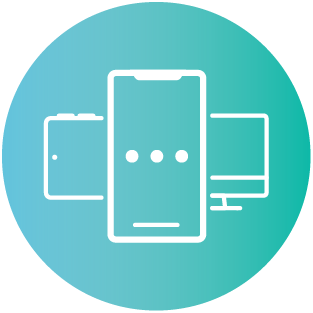
With 7.2 billion smartphones worldwide, nearly 90% of the global population now has a supercomputer in their pockets. In fact, the average person spends a startling 3 hours and 15 minutes on their phone every day. That accounts for 20% of our waking hours.
So, it’s fair to say that the modern learner is mobile ready. They’re well accustomed to accessing information and completing tasks on their mobile devices. This is true when it comes to learning as well. Just look at the popularity of educational apps like:
- Duolingo (500 million registered users in 2023)
- Brainly (400 million registered users in 2023)
- Coursera (128 million registered users in 2023)
And so on. It’s estimated that there are over 389,000 educational apps in the App Store and Google Play Store. This helps to explain why 64% of students use mobile devices for instructional purposes. What’s more, did you know that 70% of students are more motivated by mobile learning experiences?
It helps that this approach works really well. For instance, did you know that over half (55%) of business leaders report increased growth after implementing a mobile learning programme?
The Impact of Technology
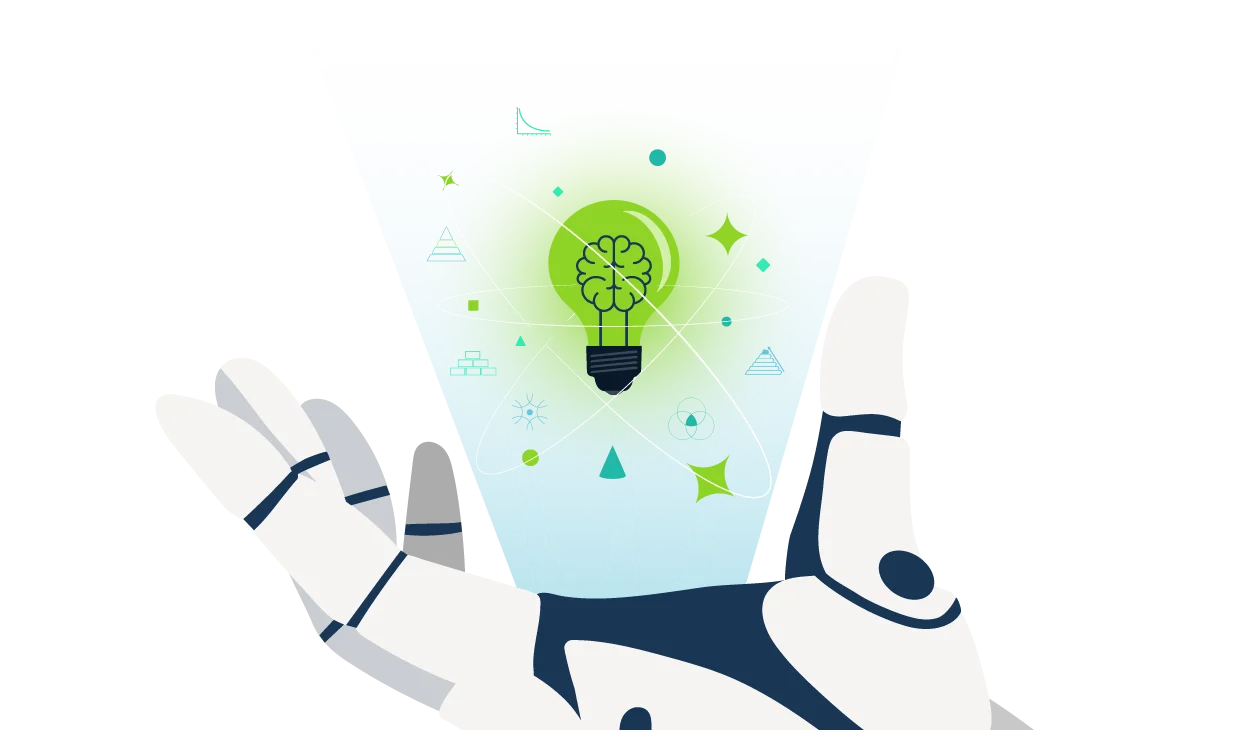
We can’t truly understand the modern learner without acknowledging the profound impact that technology has had on them. After all, the breakneck pace of technological development has transformed the way we consume information and communicate with each other.
The Mobile Revolution
As we’ve already noted, smartphones have become an integral part of our lives. 87% of us reach for our devices within an hour of waking up, and then continue to check them every 12 minutes for the rest of the day. In fact, 33% of us would rather give up sex than our phones.
This has led to some interesting consequences. For instance, these devices promote an ‘always-on’ culture, blurring the lines between work and personal lives. They’ve also helped modern learners to develop a preference for ‘quick hit’ content, visual media, and newer formats like vertical video.
The Influence of Social Media
With over 5.22 billion users worldwide (63.8% of the population), social media has become commonplace. In fact, the typical social media user spends an average of 2 hours and 19 minutes per day on these platforms.
While the main reason for using social media is to keep in touch with family and friends (51% agree), it has also become a valuable educational tool. For example, users now leverage these platforms to read news stories (34.4%), find content (30.4%), and conduct work-related research (22%).
This democratised approach to accessing information may even have contributed to modern learners’ preference for self-directed learning.
The Rise of Online Learning
As with most other digital solutions, online learning continues to grow in popularity. In 1995, just 4% of organisations used online learning. Today, 90% incorporate eLearning in their training programmes. Similarly, online university courses and MOOCs continue to attract a healthy audience.
In turn, modern learners now understand that learning doesn’t have to take place in a fixed location. Online learning breaks down geographical boundaries and offers the convenience of learning at your own pace. This flexibility has also led modern learners to expect continuous learning opportunities.
After all, 86% of employees are willing to switch jobs if it affords them a better chance to grow.
Embracing the AI Age
Artificial intelligence (AI) has changed everything. Projections suggest it will be a $1.3 trillion market by 2030. This is largely due to the efficiency gains it offers, with 64% of businesses believing that AI can boost productivity. But what impact will it have on modern learners?
Most Gen Z (54%) and Millennial (58%) individuals are open to using AI for everyday tasks. This percentage is lower for Gen X (39%) and Baby Boomers (30%). This suggests that digital natives and modern learners are more receptive to the adoption of AI.
As a result, they’ll benefit from personalised learning experiences, including tailored content, adaptive learning, and individualised guidance. Getting this level of focused attention was previously prohibitively expensive. Now, however, there’s already a bounty of AI-powered learning tools available.
Modern Learners’ Preferences
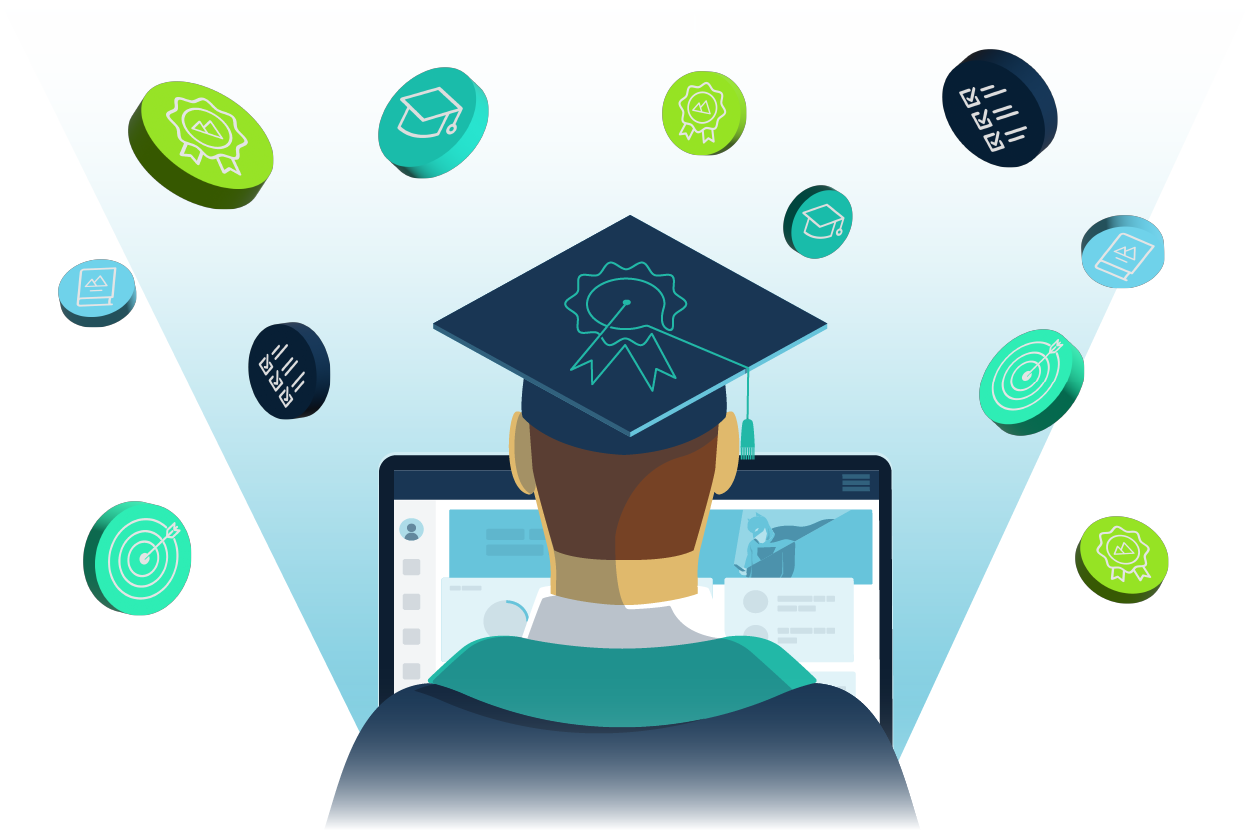
These characteristics, combined with technological advancements, have shaped the distinct desires of modern learners. To cater to the needs of this audience, we should consider the following preferences:
- Microlearners: Modern learners, known for their busy schedules and desire for instant gratification, are likely to gravitate toward microlearning experiences. This learning strategy delivers content in short, focused bursts. In fact, 94% of L&D professionals prefer microlearning over traditional eLearning courses.
- Visual Learners: Modern learners’ short attention spans mean we now have to do more with less. Visual media is a great way to do this. After all, it’s thought that we process visuals 600x faster than words. Perhaps this is why 83% of survey respondents prefer instructional videos to other types of learning content.
- Social Learners: While modern learners are self-directed, they also thrive in collaborative learning environments. This means they enjoy learning through social interaction, discussion, and peer-to-peer activities. This aligns with the 70:20:10 model, which suggests that 20% of workplace learning happens through social activity.
- Problem Solvers: In today’s fast-paced world, modern learners are more likely to engage with relevant content that solves specific challenges. Abstract learning material just won’t cut it. Indeed, Merrill’s First Principles instructional model, which emphasises problem-solving, has been found to be 9x more effective than traditional approaches.
- Point of Need: Similarly, modern learners will expect timely access to information and resources. Delivering knowledge at the point of need ensures that it’s available just when it’s required to solve a problem or complete a task. In fact, 57% of employees prefer this just-in-time approach to learning.
- Learning in the Flow: As we know, modern learners are time poor. As a result, they’ll appreciate learning opportunities that fit neatly into their workflows. This aligns well with Josh Bersin’s concept of ‘learning in the flow of work’. We don’t like being taken away from our tasks. This explains why 68% of employees prefer to learn on-the-job.
- Emotionally Resonant: Modern learners distract easily. As such, you’ll have to pull out all the stops to keep their attention. Forging an emotional connection between learners and content is key. After all, the area of our brain associated with emotions is able to process information 20% faster than the cognitive area.
Final Words
The world is constantly changing, and so are our learners. By understanding the key characteristics and preferences of modern learners, we move that much closer to creating truly effective and engaging learning experiences.
To achieve this, we must embrace technology, promote collaboration, and personalise our learning experiences. We also need to acknowledge the demands that are placed on modern learners’ time and energy.
Instead of a rigid, prescriptive approach, we should aim to foster a love of learning and provide open access to flexible and rewarding learning experiences. In turn, this will ensure your learners are prepared for the challenges and opportunities of the future.
Thank you for reading. Want to learn more about the modern learner? We’ve created a comprehensive guidebook that contains everything you need to cut through the noise and engage with this audience. Download it now!

